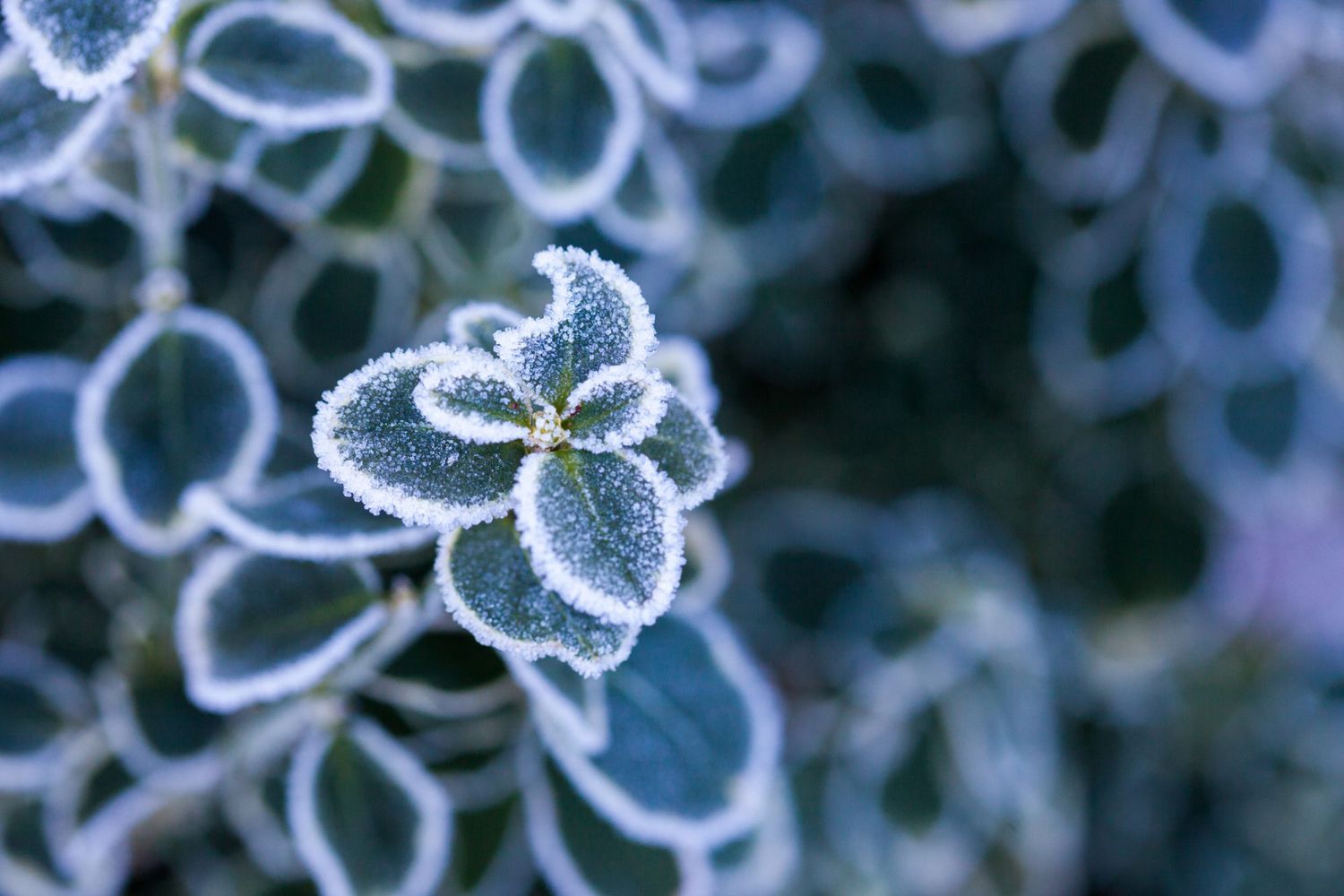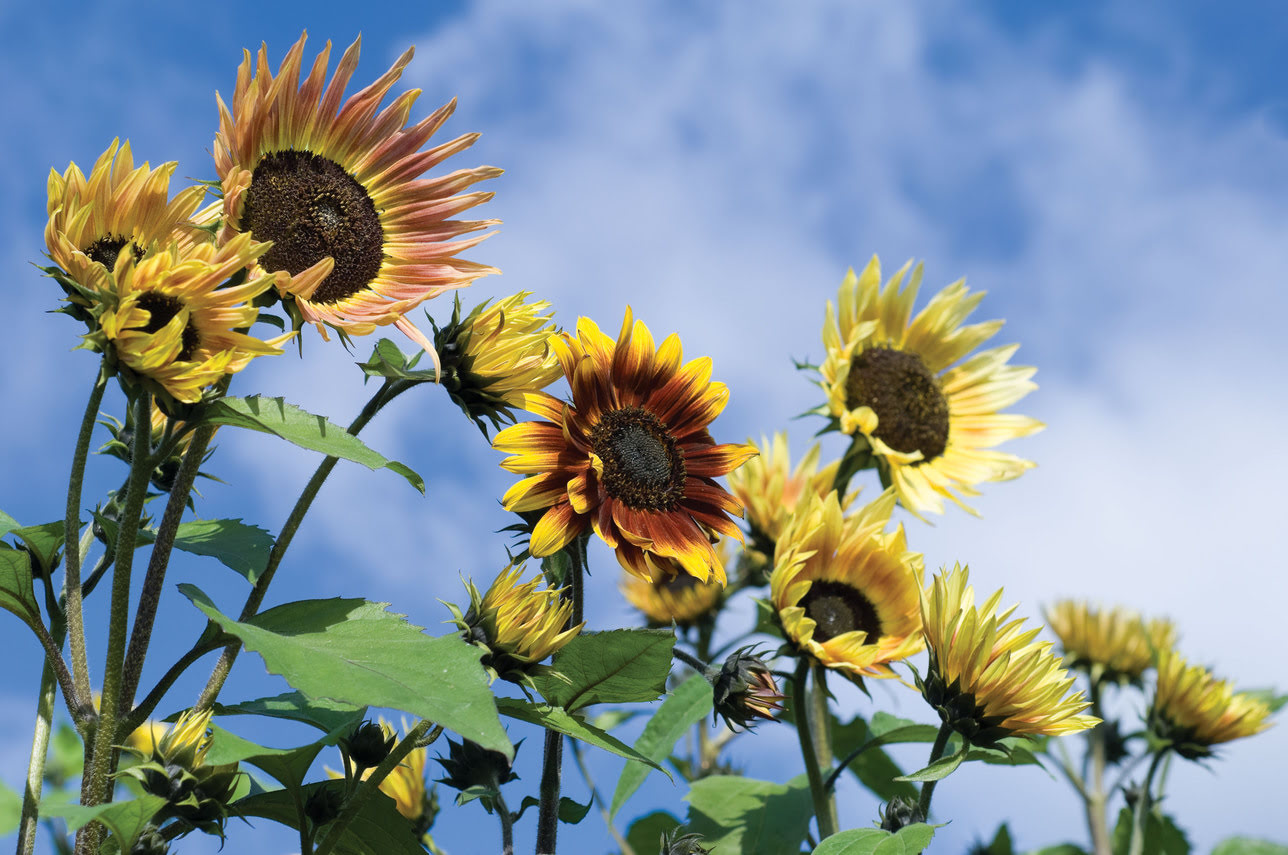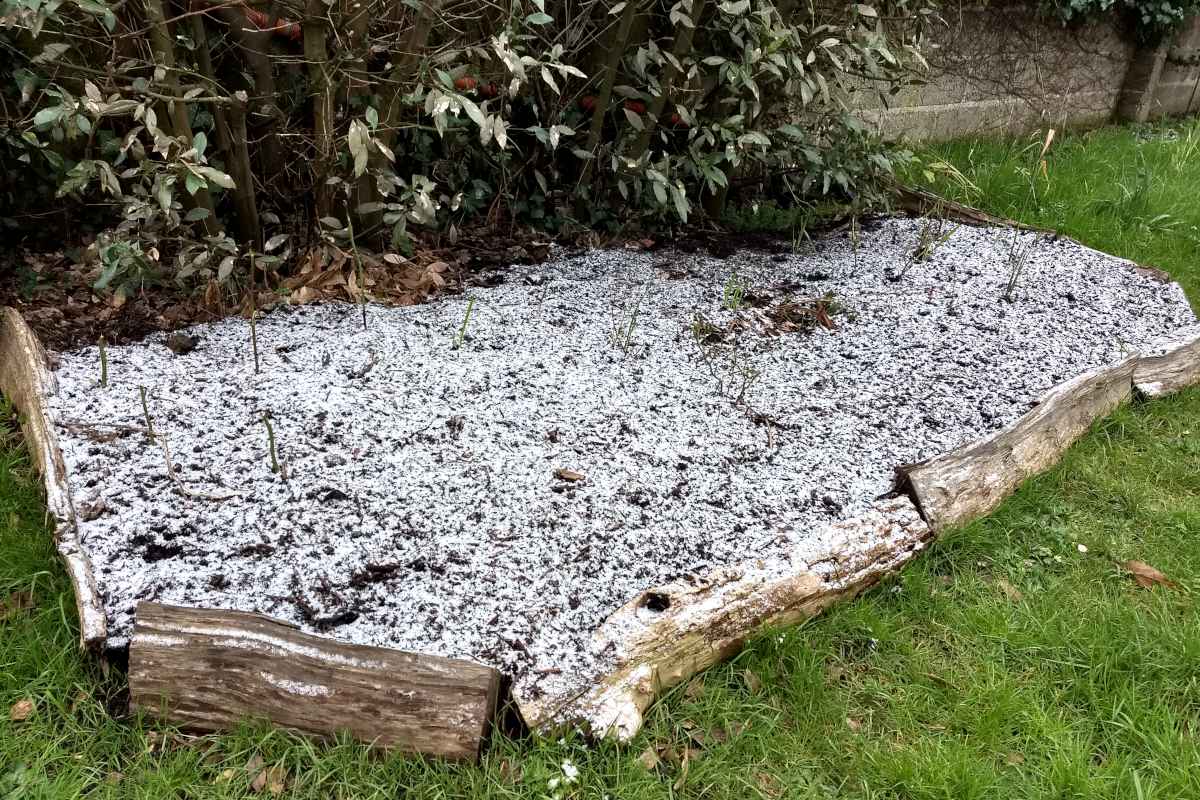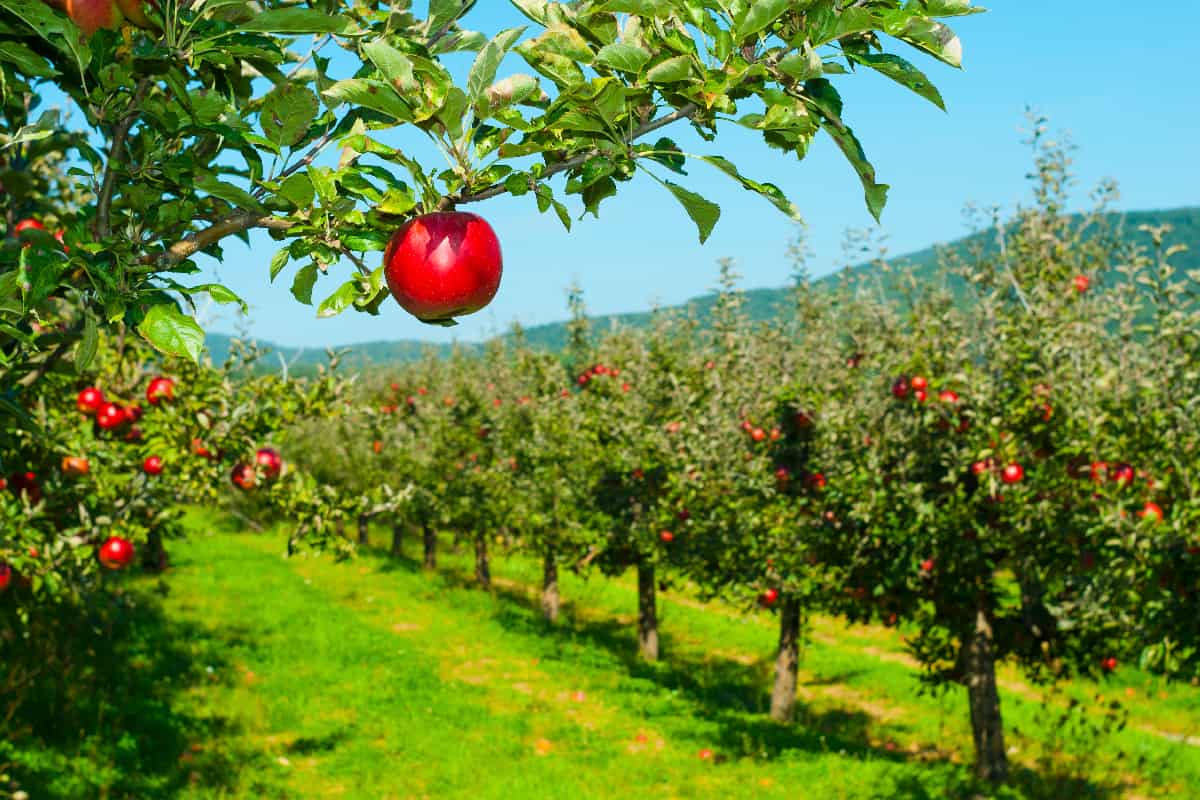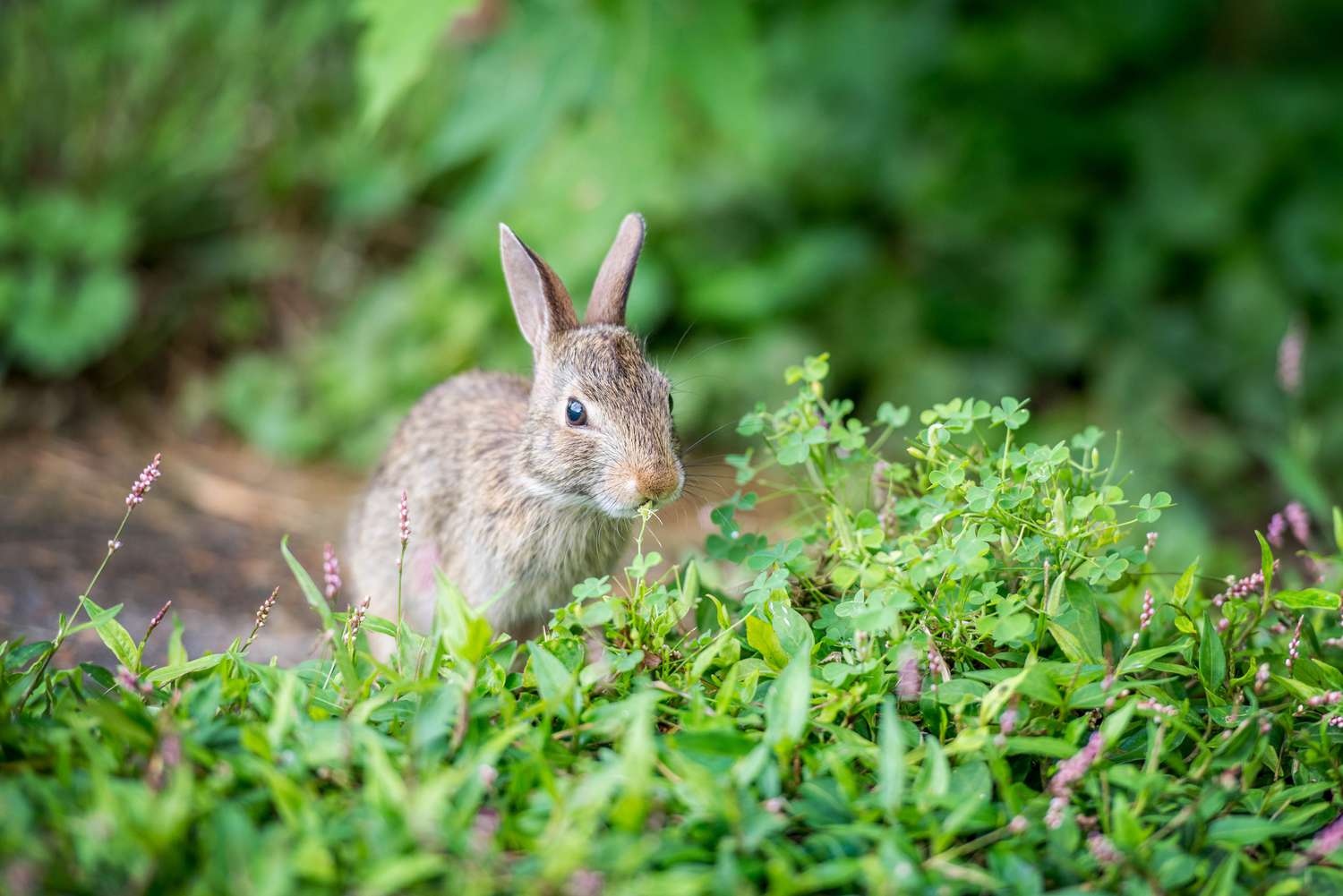Home>Types of Gardening>Ornamental Gardening>How Far To Plant Shrubs From Your Air Conditioner
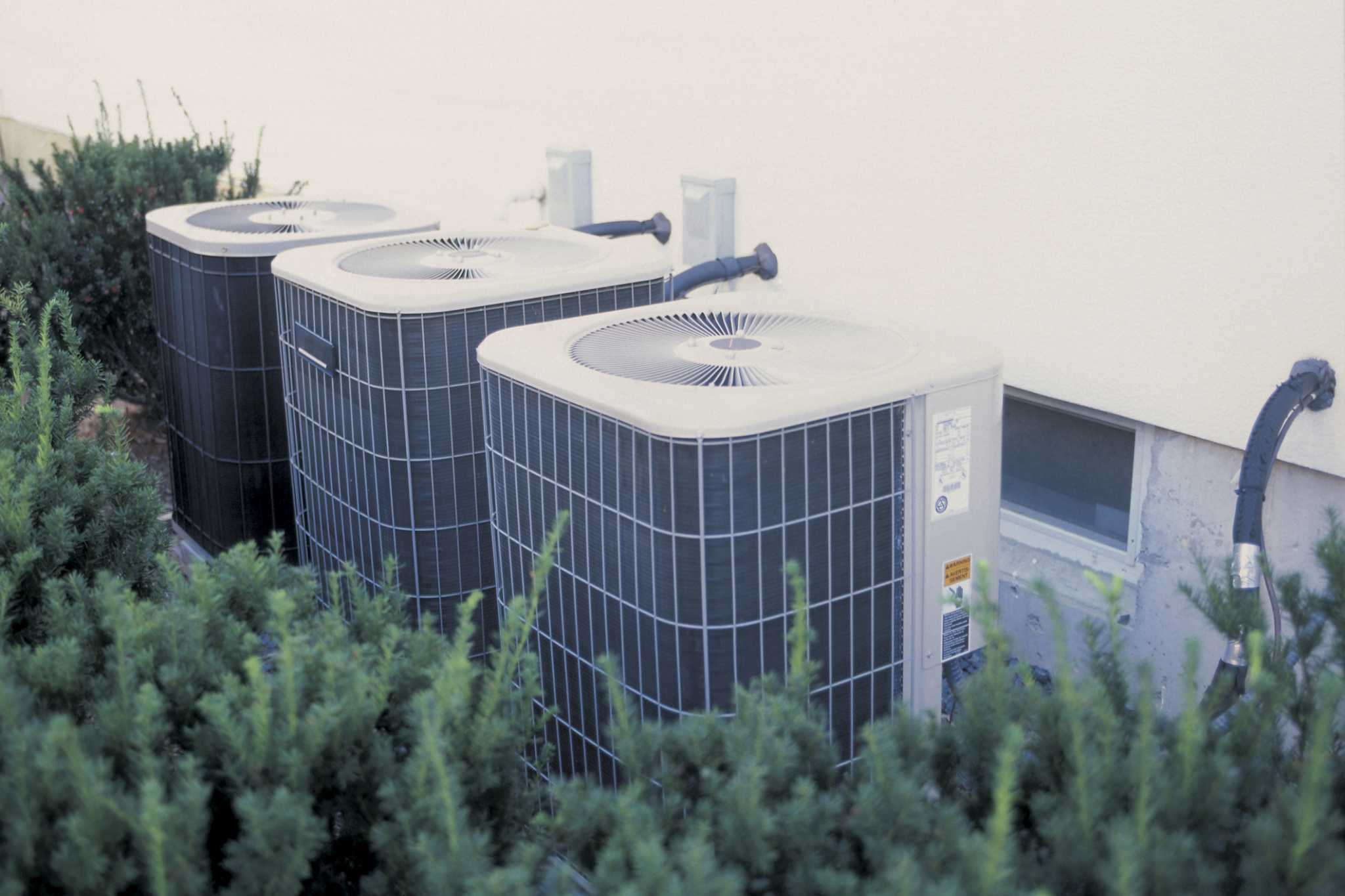

Ornamental Gardening
How Far To Plant Shrubs From Your Air Conditioner
Published: October 18, 2023
Find out the ideal distance for placing shrubs around your air conditioner to prevent obstruction and maintain efficient airflow in your ornamental gardening setup.
(Many of the links in this article redirect to a specific reviewed product. Your purchase of these products through affiliate links helps to generate commission for Chicagolandgardening.com, at no extra cost. Learn more)
Table of Contents
Introduction
Air conditioners are essential for maintaining a comfortable indoor temperature, especially during the hot summer months. While these appliances provide relief from the scorching heat, they also generate a significant amount of heat themselves. This excess heat can affect the efficiency and performance of the air conditioner, leading to higher energy consumption and potential damage.
One effective way to mitigate this issue is by strategically placing ornamental shrubs around the outdoor unit of the air conditioner. These shrubs not only add beauty and aesthetic appeal to your garden but also serve as natural shields, protecting the air conditioner from direct sunlight and reducing the overall heat load.
Before deciding on the placement and type of shrubs, it is important to understand the factors to consider, the recommended distance for placement, as well as the risks and benefits associated with planting shrubs near an air conditioner. By making informed choices, you can reap the rewards of both a visually appealing garden and a well-functioning air conditioning system.
Factors to Consider
When determining the placement of shrubs near an air conditioner, several factors should be taken into account:
- Proximity to the air conditioner: It is crucial to maintain a safe distance between the shrubs and the air conditioning unit. This is to ensure that the shrubs do not obstruct the airflow or interfere with the proper functioning of the unit. Consider the size of the shrubs at maturity to determine the appropriate distance.
- Maintenance requirements: Different types of shrubs have varying maintenance needs. Consider the amount of pruning, watering, and overall care that the shrubs will require. Opt for low-maintenance varieties if you prefer minimal upkeep.
- Root system: Some shrubs have invasive root systems that can cause damage to the air conditioner’s underground pipes or disrupt the foundation of your home. Choose shrubs with non-invasive root systems to minimize these risks.
- Compatibility with local climate: Ensure that the shrub species you choose can thrive in your region’s climate. Consider factors such as temperature extremes, humidity levels, and soil conditions to select plants that are well-suited to your location.
- Height and spread: Take into account the mature size of the shrubs, both in terms of height and spread. Ensure that the ultimate size of the shrubs does not overshadow or crowd the air conditioning unit.
- Aesthetic appeal: Choose shrubs that complement the overall design and theme of your garden. Consider factors such as color, texture, and foliage to create a visually pleasing landscape.
By considering these factors, you can make informed decisions about the placement of shrubs near your air conditioner, ensuring both functionality and visual appeal.
Recommended Distance for Shrubs Placement
When determining the distance between shrubs and an air conditioner, it is important to strike a balance between providing shade and ensuring proper airflow. The recommended distance can vary depending on the size and type of the shrubs, as well as the specifications of your air conditioning unit.
As a general guideline, it is recommended to maintain a clearance of at least 2 to 3 feet (0.6 to 0.9 meters) between shrubs and the air conditioner. This allows for adequate air circulation and easy access for maintenance and repairs. It also helps prevent the shrubs from impeding the airflow and potentially causing the air conditioner to overheat.
However, for larger shrubs that can grow substantially in height and width, it is advisable to leave a larger clearance of around 4 to 5 feet (1.2 to 1.5 meters). This ensures that the shrubs do not obstruct the airflow or become too close to the air conditioner, which can impact its performance and efficiency.
Remember to consider the mature size of the shrubs when calculating the distance. This means taking into account their height at full growth and the space they require to spread. Additionally, consider any recommended clearance distances specified by the manufacturer of your air conditioning unit.
It is essential to regularly monitor the growth of the shrubs. If they start encroaching on the recommended clearance distance, it is advisable to trim or prune them accordingly, maintaining the necessary space around the air conditioner.
By adhering to these recommended distances, you can ensure that the shrubs effectively provide shade and protection to the air conditioner without compromising its performance or causing potential damage.
Risks of Placing Shrubs too Close to Air Conditioner
While it may be tempting to place shrubs right next to the air conditioner for immediate aesthetic appeal, doing so can pose various risks and challenges. It is important to be aware of these potential drawbacks before deciding on the placement of shrubs near your air conditioning unit.
1. Airflow obstruction: Placing shrubs too close to the air conditioner can obstruct the airflow, impeding proper ventilation and reducing the unit’s efficiency. Adequate airflow is crucial for optimal operation and cooling performance. When shrubs obstruct the airflow, the air conditioner may struggle to cool the space effectively and consume more energy in the process.
2. Heat retention: Shrubs situated very close to the air conditioner can trap heat within the unit. As air circulation becomes restricted, the heat generated by the air conditioner remains trapped, causing the unit to work harder and potentially leading to overheating. This can result in decreased efficiency, increased energy consumption, and even potential damage to the air conditioner.
3. Maintenance difficulties: Placing shrubs too close to the air conditioner can make it challenging to access and maintain the unit. Regular maintenance tasks such as cleaning, servicing, and repairs may become more difficult and time-consuming when obstructed by overgrown shrubs. This can increase the cost of maintenance and potentially delay necessary repairs.
4. Potential damage: Some shrubs have invasive root systems that can cause damage to the air conditioner and its surrounding infrastructure. Invasive roots can penetrate and block the drainage pipes and coils of the unit, leading to water accumulation and decreased performance. Additionally, aggressive roots can disrupt the foundation of the air conditioner or nearby structures, potentially leading to costly repairs.
5. Pest and debris accumulation: Shrubs located too close to the air conditioner can attract pests such as ants, bees, and other insects. These pests may find their way into the air conditioning unit, causing issues with functionality and airflow. Additionally, shrubs in close proximity to the unit may shed leaves, branches, or other debris, which can enter the air conditioner and impede its operation.
Considering these risks, it is crucial to maintain the recommended distance between shrubs and the air conditioner to ensure proper functioning, energy efficiency, and longevity of the unit.
Benefits of Planting Shrubs near Air Conditioner
While there are risks associated with placing shrubs near an air conditioner, when done correctly and with proper consideration, there are also significant benefits to be gained. Here are some advantages of planting shrubs near your air conditioning unit:
1. Energy efficiency: Well-placed shrubs act as natural shields, providing shade and reducing the amount of direct sunlight that reaches the air conditioner’s outdoor unit. This shade helps lower the temperature around the unit, reducing the heat load and allowing the air conditioner to operate more efficiently. This, in turn, can lead to energy savings and lower utility bills.
2. Noise reduction: Air conditioners can generate noticeable noise during operation, which can be a nuisance, especially when you are spending time in your outdoor living area. Planting shrubs near the unit can help in absorbing and muffling some of the noise, creating a more peaceful and enjoyable environment.
3. Aesthetics and privacy: Shrubs add beauty, color, and texture to your outdoor space, enhancing the overall aesthetics of your garden. By strategically planting shrubs near the air conditioner, you can camouflage the unit and create a more visually appealing landscape. Additionally, the shrubs can act as a natural screen, providing privacy and blocking the view of the air conditioner from neighboring properties or common areas.
4. Environmental benefits: Shrubs play an essential role in environmental conservation. They absorb carbon dioxide, release oxygen, and help combat air pollution. By planting shrubs near the air conditioner, you contribute to creating a healthier and more sustainable environment around your home.
5. Protection from weather elements: Shrubs can act as a barrier, shielding the air conditioner from harsh weather conditions such as strong winds, heavy rainfall, or hail. This protection can help extend the lifespan of the unit and prevent potential damage.
6. Increased property value: A well-maintained and visually appealing outdoor space can significantly enhance the value of your property. By incorporating carefully chosen shrubs around the air conditioner, you can improve curb appeal and make a positive impression on potential buyers in the future.
Considering these benefits, it is clear that thoughtful placement of shrubs near the air conditioner can be a win-win situation, providing both functional advantages and aesthetic appeal to your outdoor space.
Best Types of Shrubs for Planting near Air Conditioner
When selecting shrubs to plant near your air conditioner, it is essential to choose varieties that are suitable for the specific conditions and requirements of the area. Here are some recommended types of shrubs that are well-suited for planting near an air conditioning unit:
1. Boxwood (Buxus): Boxwood shrubs are versatile and popular for their dense foliage and compact growth habit. They provide excellent coverage and can be easily pruned into different shapes and sizes. Boxwood shrubs are relatively low-maintenance and can tolerate both sun and partial shade.
2. Dwarf Alberta Spruce (Picea glauca ‘Conica’): Known for its conical shape, the Dwarf Alberta Spruce is an attractive option for planting near an air conditioner. It remains compact and requires minimal pruning. It thrives in full sun and is highly resistant to pests and diseases.
3. Holly (Ilex): Holly shrubs are known for their glossy green leaves and vibrant berries. They offer evergreen foliage, providing year-round coverage and visual interest. Holly shrubs prefer partial shade and well-drained soil.
4. Japanese Skimmia (Skimmia japonica): Japanese Skimmia is a compact evergreen shrub with beautiful glossy leaves. It produces fragrant flowers in the spring and vibrant berries in the fall. Japanese Skimmia thrives in partial shade and well-drained soil.
5. Nandina (Nandina domestica): Nandina, also known as Heavenly Bamboo, is an elegant shrub with delicate, feathery foliage and vibrant red berries. It offers year-round interest and can tolerate a range of light conditions from full sun to partial shade.
6. Wax Myrtle (Myrica cerifera): Wax Myrtle is a versatile shrub with glossy leaves and a pleasant fragrance. It provides excellent coverage and can be trimmed to maintain a desired shape. Wax Myrtle is tolerant of various soil conditions and can thrive in full sun or partial shade.
7. Rose of Sharon (Hibiscus syriacus): Rose of Sharon is a flowering shrub that adds beauty and color to your garden. It produces large, showy blooms in a variety of colors and can grow to be quite tall. Rose of Sharon prefers full sun and well-drained soil.
It is crucial to consider factors such as the ultimate size and maintenance needs of these shrubs when selecting the best options for your specific air conditioner placement. Be sure to choose shrubs that are appropriate for your climate and can thrive in the conditions of your garden.
Conclusion
Planting shrubs near your air conditioner can offer both functional and aesthetic benefits to your outdoor space. By strategically selecting and placing shrubs, you can provide shade, improve energy efficiency, reduce noise, enhance privacy, and contribute to a visually appealing landscape. However, it is important to consider the recommended distance for placement and the potential risks associated with placing shrubs too close to the air conditioner.
When choosing shrubs, consider factors such as proximity to the air conditioner, maintenance requirements, root system, climate compatibility, height and spread, and overall aesthetic appeal. By taking these factors into account, you can ensure the shrubs you select will enhance the performance of your air conditioning unit and create a harmonious and inviting outdoor environment.
Remember to regularly monitor the growth of the shrubs and trim them if they encroach on the recommended clearance distance. This will help maintain proper airflow and prevent any potential damage to the air conditioner. Additionally, consult with a professional landscaper or gardener for expert advice and guidance specific to your unique situation.
By striking the right balance between functionality and visual appeal, you can enjoy the benefits of a well-maintained garden and a well-functioning air conditioning system. Planting shrubs near your air conditioner is a creative way to enhance your outdoor space while providing a cooling sanctuary during the hot summer months.
